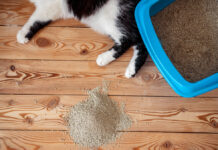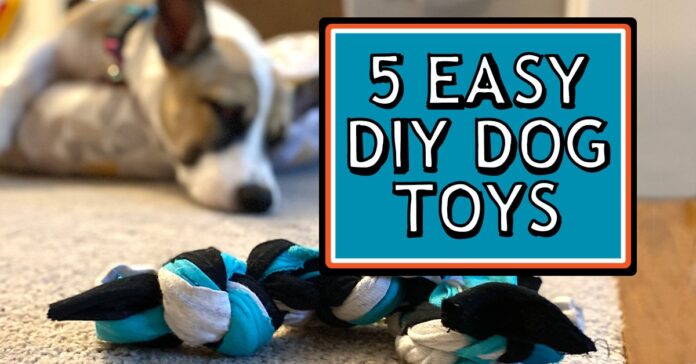Are you worried about what your furry friend is chomping on? Understanding dog toy materials is crucial for every pet parent. As a dog lover and experienced pet blogger at Pet like boss I’ve researched extensively to bring you this comprehensive guide about safe and unsafe materials for your pup’s playthings.
Why Dog Toy Materials Matter
When it comes to dog care and health, the materials used in their toys can make a huge difference. Many pet parents don’t realize that some dog toy materials can be harmful or even toxic to their four-legged friends. Let’s dive into what you need to know!
Safe Dog Toy Materials to Look For
Natural Rubber
Natural rubber is one of the safest dog toy materials available It’s durable, flexible, and perfect for aggressive chewers Look for toys made from – 100% natural rubber- Non-toxic rubber compounds- Vulcanized rubber (a process that makes rubber more durable)
Cotton and Hemp Ropes
These materials are fantastic for – Interactive play- Dental hygiene- Mental stimulation
Nylon
Quality nylon toys offer:- Exceptional durability- Various textures- Long-lasting chewing satisfaction
Materials to Avoid
Toxic Plastics
Stay away from toys containing:- BPA- Phthalates- PVC- Vinyl
Questionable Fillings
Avoid toys stuffed with:- Nutshells- Polyfill- Small plastic beads- Unknown materials
How to Choose the Right Dog Toy Materials
Consider Your Dog’s Chewing Style
- Gentle chewers: Soft dog toy materials work well
- Aggressive chewers: Need super-tough materials
- Puppies: Require special teething-friendly materials
Size Matters
Always choose toys that are:- Too big to swallow whole- Appropriate for your dog’s size- Sturdy enough to withstand pressure
Tips for Maintaining Dog Toys
- Regular Inspection
- Check for tears
- Look for loose parts
- Monitor wear and tear
- Cleaning Schedule
- Wash fabric toys weekly
- Sanitize rubber toys monthly
- Replace damaged toys immediately
- Rotation System
- Switch toys every few days
- Keep favorites fresh
- Prevent boredom
Red Flags to Watch For
Material Degradation Signs
- Crumbling
- Peeling
- Strong chemical smell
- Discoloration
Behavioral Indicators
- Sudden disinterest
- Allergic reactions
- Digestive issues
- Changed chewing patterns
Making Smart Choices
When shopping for dog toys, always:1. Read labels carefully2. Research unfamiliar materials3. Buy from reputable manufacturers4. Consider your dog’s specific needs
DIY Dog Toy Safety
If making homemade toys:- Use natural materials only- Avoid small parts- Double-check stitching- Monitor play closely
Choosing the right dog toy materials is essential for your pup’s safety and happiness. Remember to always prioritize quality over cost and stay informed about what goes into your dog’s toys. Keep checking back with us at Pet like boss for more pet care tips and advice!
FAQs About Dog Toy Materials
- How often should I replace dog toys?
- Depends on wear and tear
- Generally every 1-3 months
- Immediately if damaged
- Are natural materials always safer?
- Usually yes
- Still need monitoring
- Depends on processing
- What’s the best material for puppies?
- Soft rubber
- Cotton rope
- Specialized teething toys
- Can I wash all dog toys?
- Most fabric toys: Yes
- Rubber toys: Usually
- Check manufacturer guidelines
- How do I know if a material is toxic?
- Research ingredients
- Check recall lists
- Consult your vet
Remember, a happy dog is a safe dog! Keep these guidelines handy when choosing your next pet toy purchase.












